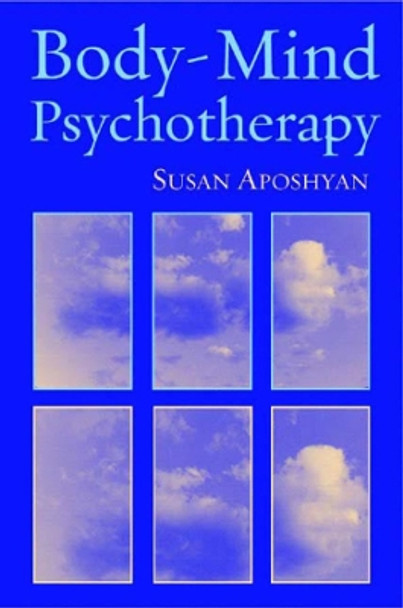Working with techniques such as body awareness, touch, breath, and movement, BMP reintroduces the body and its innate wisdom to the theory and practice of psychotherapy. This alternative practice is one of the exciting frontiers of therapy and will enrich the work of therapists, medical practitioners, and bodyworkers.Body and mind are functionally inseparable. The cultural separation of body and mind, however, has confused our thinking and created obstacles for psychological health. This separation is itself firmly planted in the practices of standard psychotherapy. In the first part of the book, Aposhyan discusses this false division and goes on to articulate the theoretical basis for the unity of body and mind. Drawing on research in neuroscience and developmental conceptions of human attachment, bodily processes including nonverbal attunement, processing, and regulation are shown to be basic to what transpires in therapy. This account culminates in a chapter on the links between biology and consciousness that are critical for therapeutic that addresses the whole person.Part 2 provides an overview of the basic form of BMP. Beginning with the tasks of therapy, the chapters in this part describe the format of therapy in terms of a cycle of interaction between body and mind concluding with a consideration of the primary goal of BMP--i.e., a synchronization of body and mind founded in body awareness. The therapy professional is also offered methods to cultivate his or her own embodiment. For the psychotherapist, personal embodiment is the single most important key to integrating the body into psychotherapy practice.The body systems are reviewed in Part 3. Aposhyan takes the reader on a detailed tour of various important systems including the muscular, skeletal, and nervous systems as well as the skin, fluids, viscera, and endocrine systems. The result is an articulate picture of an integrated set of body functions all of which have their distinct roles and yet communicate with and have a bearing upon the functioning of each other. The specific techniques of BMP are grounded in this detailed picture of the various body systems. In Part 4 Aposhyan instructs readers in how to anchor in the body the change affected by BMP. Discussions here consider change at the cellular level and address specific clinical issues critical to BMP.
Body-Mind Psychotherapy offers a simple, user-friendly, and safe approach to integrating the body into therapy and psychological exploration. The techniques involved are consistent with research from neuroscience, psychological development, and traumatology. As a result, the reader will find BMP both an effective and research-based therapeutic approach.
About the AuthorSusan Aposhyan, M.A., developed Body-Mind Psychotherapy and has been involved in training psychotherapists internationally in this method for two decades. She maintains a private practice and has also authored Natural Intelligence: Body-Mind Integration and Human Development.
Reviews" Body-Mind Psychotherapy is a body psychotherapy classic, equivalent to Reich's Character Structure or Lowen's Language of the Body. But it's more than that, it's actually a contribution to the field of contemporary psychotherapy as a whole... [S]parkles with insight, humour, and gentleness. It also encapsulates a wealth of learning. "
Book InformationISBN 9780393704419
Author Susan AposhyanFormat Hardback
Page Count 310
Imprint WW Norton & CoPublisher WW Norton & Co
Weight(grams) 656g
Dimensions(mm) 244mm * 165mm * 28mm







